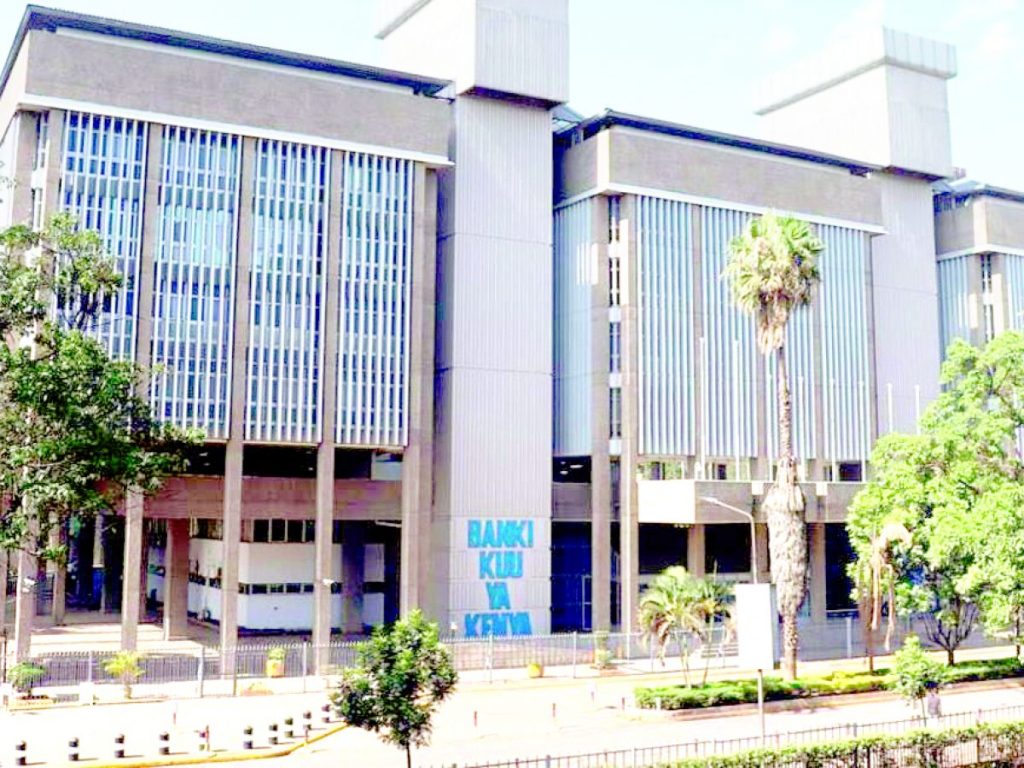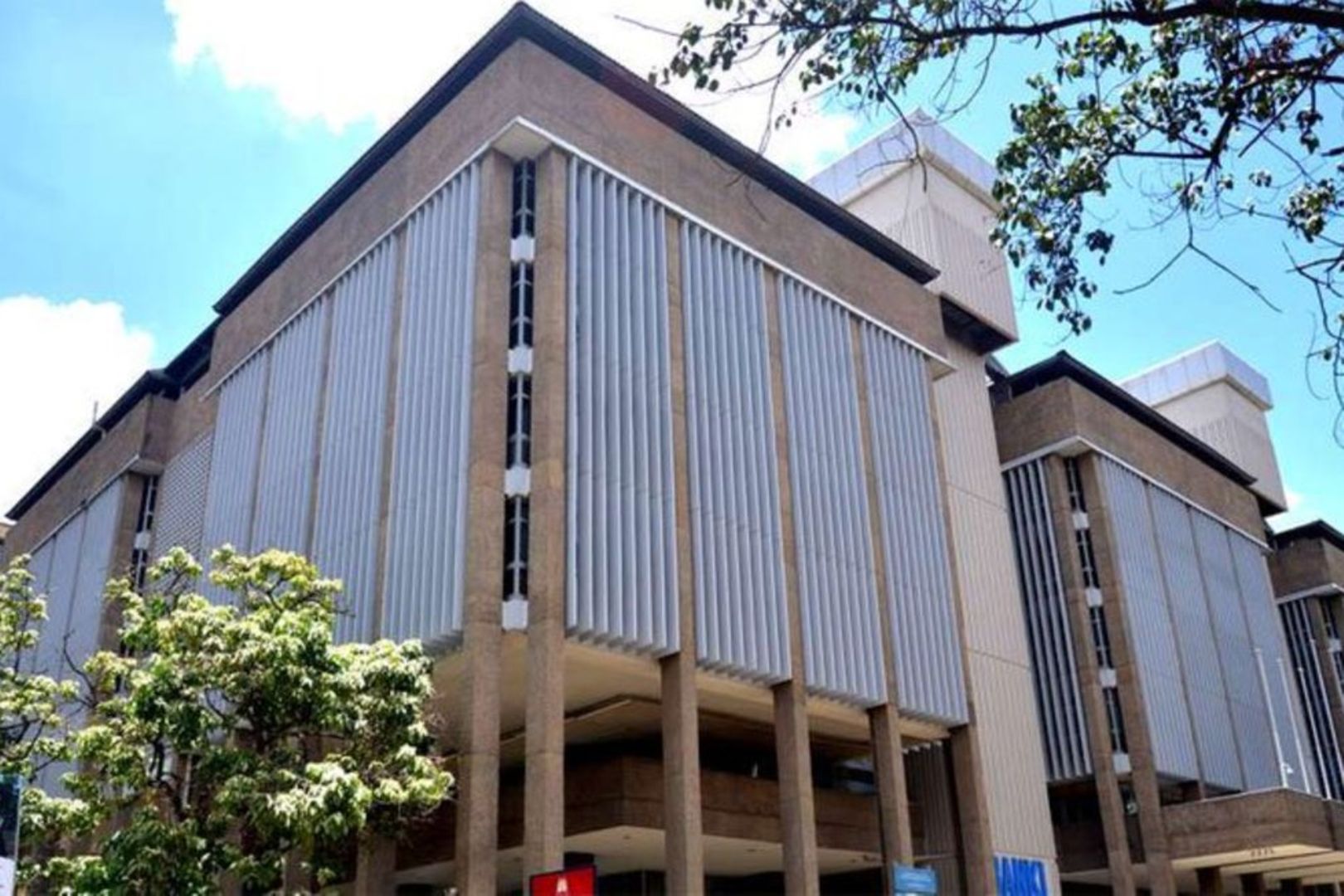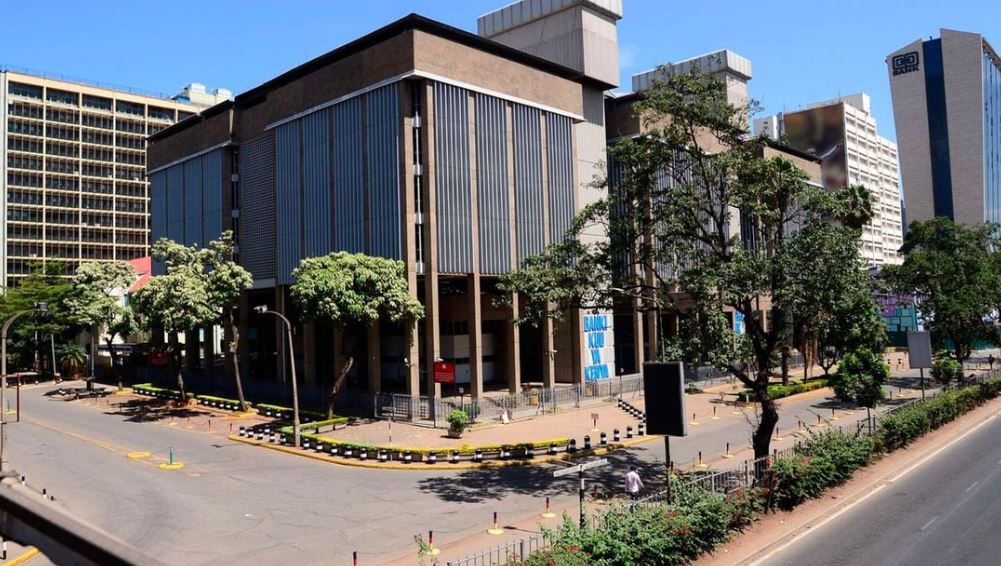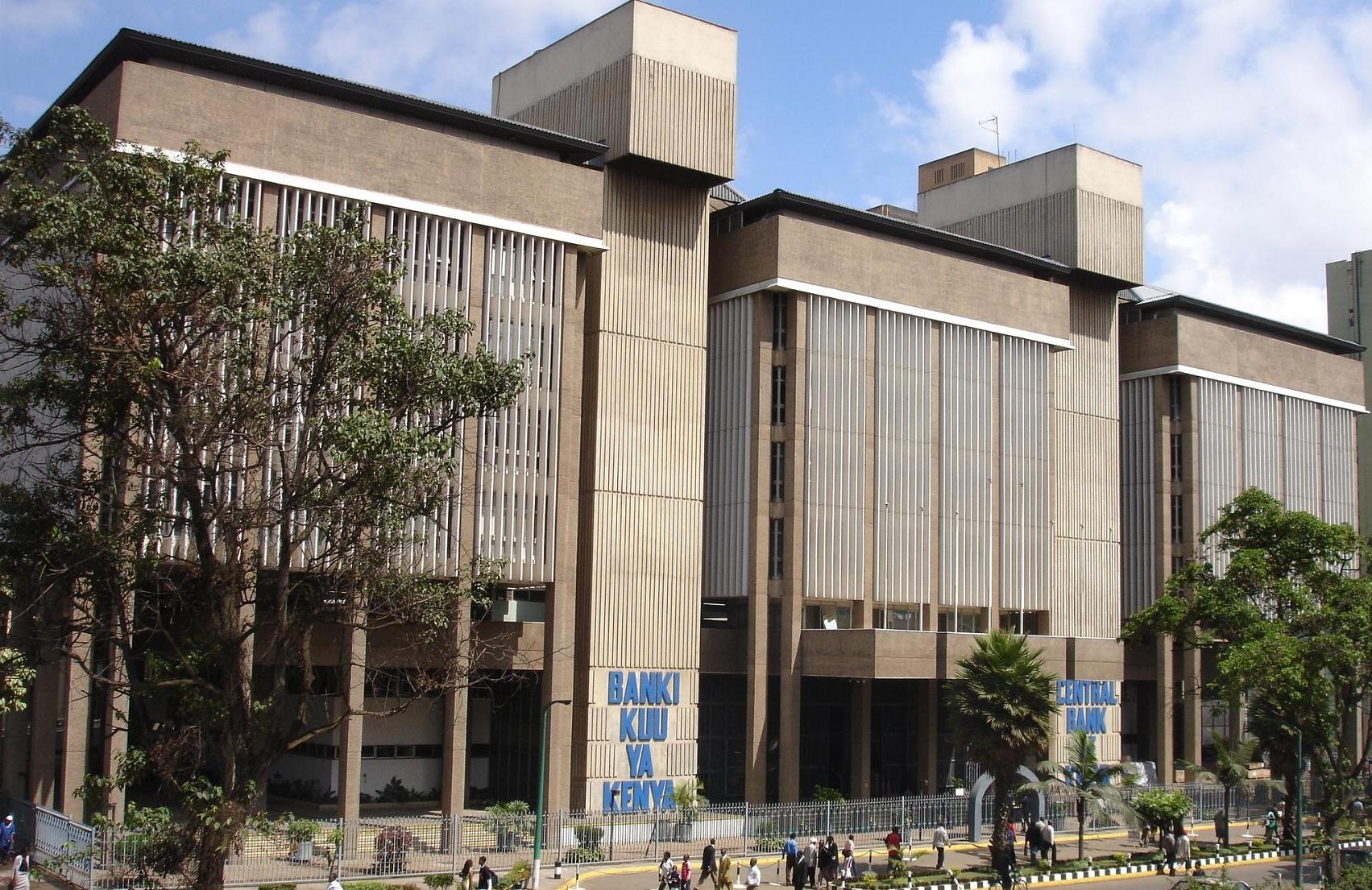
The Monetary Policy Committee (MPC) met on February 5, 2025, and reviewed the outcomes of its previous decisions and measures implemented to anchor inflationary expectations and maintain exchange rate stability.
The Committee met against a backdrop of an improved global outlook for growth amid elevated uncertainties, lower but sticky inflation in advanced economies, and persistent geopolitical tensions, and noted that:
• Global growth continues to recover and is projected to improve to 3.3 percent in 2025 from an estimate of 3.2 percent in 2024, supported by strong growth in the United States and India, and improved prospects for growth in the United Kingdom.

The main risks to global growth outlook relate to elevated uncertainty on trade policy amid rising tariffs on imports, and further escalation of geopolitical tensions particularly the conflict in the Middle East and the Russia-Ukraine war.
• Global headline inflation has moderated, but the pace of decline has slowed down in major economies due to sticky core inflation.
Central banks in major economies have continued to lower their interest rates, but at different paces depending on their inflation and growth outlooks.
International oil prices have moderated, but the risk of potential volatility remains elevated due to rising tariffs on imports and persistent geopolitical tensions.
Food inflation has increased, driven by higher edible oil prices.
• The core and non-core measures of inflation for Kenya, jointly developed by the Kenya National Bureau of Statistics (KNBS) and the Central Bank of Kenya (CBK), were launched in January 2025. Core inflation excludes products whose prices are highly volatile or transient, from the overall Consumer Price Index (CPI) and therefore provides a more comprehensive measure of the underlying trend of inflation.
In addition to overall inflation, CBK will keep track of the core and non-core measures of inflation, in line with global best practice in inflation-targeting central banks.

The introduction of core and noncore inflation measures also aligns with the EAC guidelines on computation of harmonised CPI in the region.
The total core CPI basket constitutes 275 items with total weight of 81.1 percent in the overall CPI and is therefore a more representative basket for computing core inflation which has close co-movement with overall inflation.
• Kenya’s overall inflation stood at 3.3 percent in January 2025 compared to 3.0 percent in December 2024, and remained below the mid-point of the target range of 5±2.5 percent.
Core inflation declined to 2.0 percent in January from 2.2 percent in December, reflecting muted demand pressures in the economy.
The decline in core inflation was mainly on account of lower prices of processed food items, particularly sugar, maize and wheat products. Non-core inflation rose to 7.1 percent in January from 5.2 percent in December, reflecting higher prices of food crops and related items, particularly vegetables, on account of seasonal factors. Lower energy and utilities inflation continued to moderate non-core inflation, on account of lower electricity and pump prices.
 Overall inflation is expected to remain below the mid-point of the target range in the near term, supported by a low and stable core inflation, expected easing of energy prices, and the stable exchange rate.
Overall inflation is expected to remain below the mid-point of the target range in the near term, supported by a low and stable core inflation, expected easing of energy prices, and the stable exchange rate.
• The performance of the Kenyan economy slowed down in the third quarter of 2024, with real GDP growing by 4.0 percent compared to 6.0 percent in the third quarter of 2023.
The growth of the economy in 2024 is estimated at 4.6 percent compared to 5.6 percent in 2023, mainly reflecting deceleration in growth in most sectors of the economy.
The performance of the economy is expected to pick up in 2025, with real GDP growth projected at 5.4 percent, supported by resilience of key service sectors and agriculture, expected recovery in growth of credit to the private sector, and improved exports.
This outlook is subject to domestic and external risks.
• A majority of respondents to the January 2025 Agriculture Survey expect some moderate upward pressure on overall inflation in the next three months on account of higher vegetables and cereals prices attributed to seasonal factors.
Nevertheless, respondents expected the stability in pump prices and exchange rate to moderate inflation.
• The CEOs Survey and Market Perceptions Survey which were conducted ahead of the MPC meeting revealed improved optimism about business activity and economic growth prospects for the next 12 months.
The optimism was attributed to the stable macroeconomic environment reflected in low inflation and stability in the exchange rate,
expected decline in interest rates which is expected to ease access to credit, favourable weather conditions which will continue to support agriculture, and lower global oil prices. Nevertheless, respondents expressed concerns about subdued consumer demand, and high
cost of doing business.
• The current account deficit is estimated at 3.7 percent of GDP in 2024 compared to 4.0 percent of GDP in 2023, reflecting improved goods exports, strong diaspora remittance inflows, and lower oil imports.
 Goods exports increased by 15.4 percent, due to higher domestic exports, particularly agricultural commodities, and re-exports. Goods imports rose by 9.9 percent, reflecting increases in intermediate and capital goods imports.
Goods exports increased by 15.4 percent, due to higher domestic exports, particularly agricultural commodities, and re-exports. Goods imports rose by 9.9 percent, reflecting increases in intermediate and capital goods imports.
Diaspora remittances and tourist arrivals increased by 18.0 percent and 14.6 percent, respectively, in 2024. The current account deficit was more than fully financed by capital and financial inflows, resulting in an overall balance of payments surplus of USD 1,466 million.
This surplus, together with IMF disbursements, resulted in a buildup of gross reserves by USD 2,749 million in 2024. The current account deficit is projected at 3.8 percent of GDP in 2025, and is expected to be more than fully financed by capital and financial inflows, and result in an overall balance of payments surplus of USD 591 million and buildup in gross reserves of USD 1,451 million.
• The CBK foreign exchange reserves, which currently stand at USD 9,066 million (4.63 months of import cover), continue to provide adequate cover and a buffer against any short-term shocks in the foreign exchange market.
• The banking sector remains stable and resilient, with strong liquidity and capital adequacy ratios.
The ratio of gross non-performing loans (NPLs) to gross loans stood at 16.4 percent in December 2024 compared to 16.5 percent in October, and 16.7 percent in September.
Decreases in NPLs were noted in manufacturing, trade, building and construction, real estate, and energy and water sectors. Banks have continued to make adequate provisions for the NPLs.
• Commercial bank lending to the private sector contracted by 1.4 percent in December 2024 compared to the previous year, mainly reflecting exchange rate valuation effects on foreign currency denominated loans following the appreciation of the Shilling, and reduced demand attributed to high lending interest rates.
Growth in local currency denominated loans stood at 2.1 percent in December, with the foreign currency denominated loans, which account for about 26 percent of total loans, contracting by 11.4 percent.
 • The Committee noted the ongoing implementation of the FY2024/25 Supplementary Budget I, which is expected to lower the fiscal deficit to 4.3 percent of GDP from 5.3 percent of GDP in FY2023/24. The fiscal consolidation in the medium-term should reduce debt vulnerabilities while moving the present-value-of-debt to GDP ratio towards the target anchor of 55 percent.
• The Committee noted the ongoing implementation of the FY2024/25 Supplementary Budget I, which is expected to lower the fiscal deficit to 4.3 percent of GDP from 5.3 percent of GDP in FY2023/24. The fiscal consolidation in the medium-term should reduce debt vulnerabilities while moving the present-value-of-debt to GDP ratio towards the target anchor of 55 percent.
The MPC noted that overall inflation was expected to remain below the midpoint of the 5±2.5 percent target range in the near term, supported by a low and stable core inflation, low energy prices inflation, and exchange rate stability. Additionally, central banks in the major
economies have continued to lower their interest rates, but at different paces.
Further, the Committee noted that economic growth decelerated in 2024, and therefore there was scope for a further easing of the monetary policy stance to support economic activity, while ensuring exchange rate stability. Therefore, the Committee decided to:
• Lower the Central Bank Rate (CBR) by 50 basis points to 10.75 percent from 11.25 percent.
• Reduce the Cash Reserve Ratio (CRR) by 100 basis points to 3.25 percent from 4.25 percent, to complement the lowering of the CBR, and support lowering of lending rates.
The MPC noted that the reduction in the CRR will release additional liquidity to banks.
This is expected to lower the cost of funds and lending rates, and support growth of credit to the private sector.
The Committee observed that the CBR has been lowered substantially since the MPC Meeting of August 2024, yet lending rates have only declined marginally. With these measures, banks are expected to take the necessary steps to lower their lending rates further, to stimulate
growth in credit to the private sector, and support economic activity.

To ensure that banks are implementing the Risk-Based Credit Pricing Model (RBCPM), CBK has embarked on on-site inspection of banks to ascertain that they are reducing their interest rates in line with the RBCPM.
Under the amendments to the Banking Act recently enacted by Parliament, any bank that has not passed on the benefits of reduced cost of funds to reduce lending rates, will be penalised in accordance with the law.
The MPC will closely monitor the impact of the policy measures as well as developments in the global and domestic economy and stands ready to take further action as necessary in line with its mandate. The Committee will meet again in April 2025.











